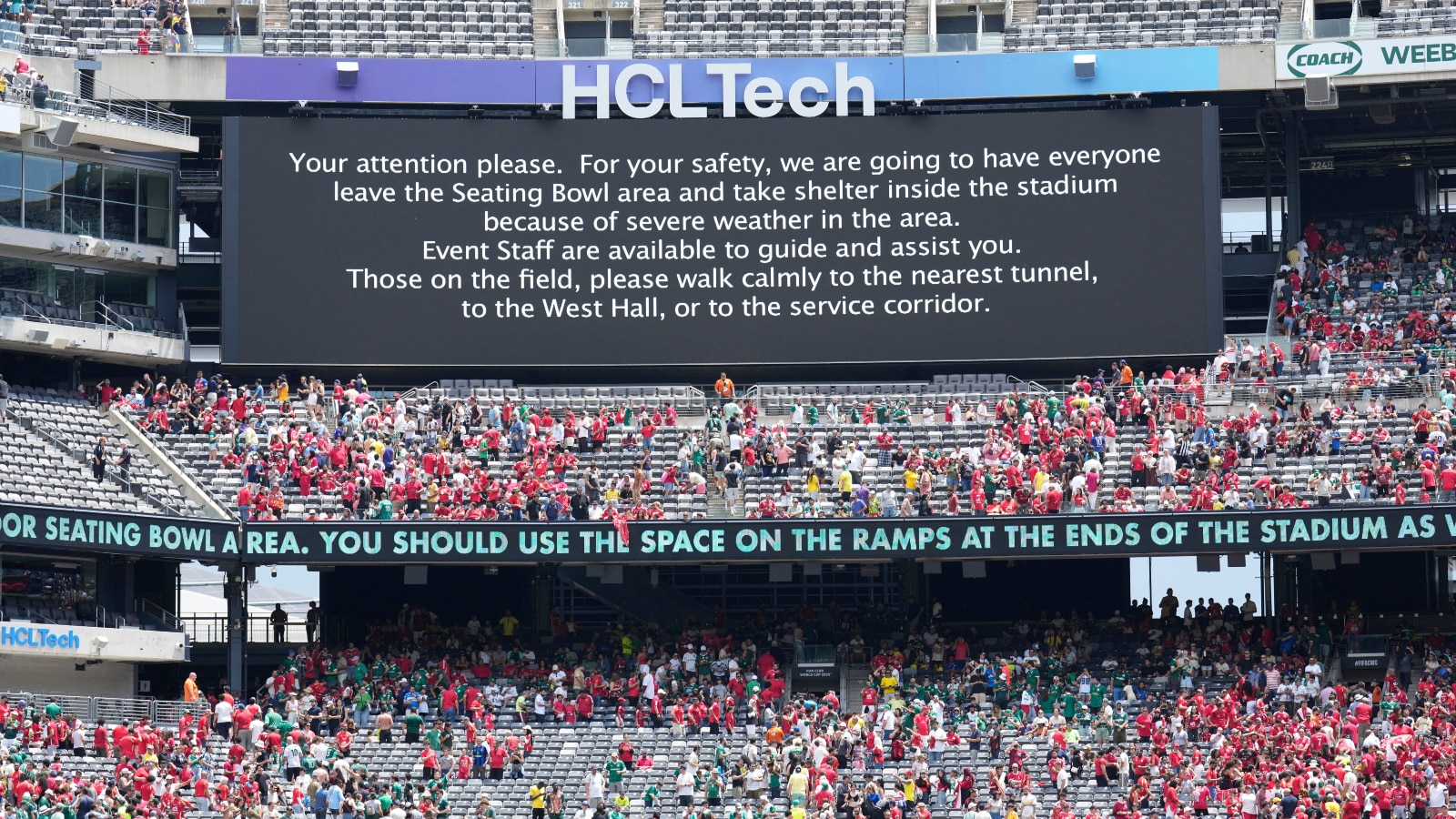Furnace-like heat and the threat of thunder and lightning are wreaking havoc at the Club World Cup, with similar conditions expected at the 2026 World Cup. As a brutal heatwave blankets much of the eastern United States, adapting to the weather has become a critical focus for coaches and players.
Borussia Dortmund took the unusual step of leaving their substitutes in the dressing room for the first half of their game against Mamelodi Sundowns in Cincinnati, rather than have them sit on the bench in the blazing sunshine.
Chelsea coach Enzo Maresca cut short his team’s training session in Philadelphia on Monday as the City of Brotherly Love baked in temperatures of 99 degrees Fahrenheit (37.2 degrees Celsius).
Dortmund coach Niko Kovac stated that the weather could ultimately shape the outcome of the tournament.
“I think that this tournament will be decided not by the best team, but the team that can adapt to these weather conditions the best. They will probably win this tournament,” Kovac said.
Although cooling breaks midway through each half have become standard during the tournament, Dortmund, like other teams, are taking extra steps to mitigate the heat and humidity.
“Our boys are very well taken care of by our doctors and the medical staff,” Kovac said.
“We have very cold towels. We put them in ice baths. The boys also need to cool down their legs and their feet in cold water and ice baths.”
The experience of the Club World Cup is likely a preview of what can be expected at next year’s men’s World Cup in the United States, Canada, and Mexico.
A recent study published by the International Journal of Biometeorology warned of the risk posed by extreme heat at the tournament for players and spectators, citing climate change as a cause of “extreme heat” events that were “more frequent and intense”.
The study concluded that 14 of the 16 host cities for the 2026 World Cup experienced temperatures that frequently exceeded the commonly accepted safe thresholds for wet bulb globe temperature (WBGT), a widely used measure for heat stress.
The study argued for games to be scheduled outside of the afternoon windows when conditions were typically at their most severe.
In addition to the intense heat and humidity, teams at the Club World Cup have also had to deal with matches being halted due to the threat of lightning.
On Tuesday, Boca Juniors’ game against Auckland City became the fifth match of the tournament to experience a lengthy delay due to public safety regulations in the United States that mandate play is halted whenever lightning is within 10 miles (16.1 kilometres) of a stadium.
A weather delay in Benfica’s game against Auckland led to an interruption in play of nearly two hours.
National Weather Service official Ben Schott, who advises FIFA and the US World Cup taskforce for 2026, said the current weather conditions are not unusual and teams and fans should plan accordingly.
“Nothing that we’re seeing right now is unusual even though we are breaking records,” Schott told AFP.
“Most of the eastern United States is breaking records, and then that happens almost every summer. To expect something similar next year as a possibility is something that people should prepare for if you’re going to come and enjoy the games.”
While heat was an issue when the United States last hosted the World Cup finals in 1994, no games at that tournament were halted by storm warnings.
That is due to increasingly sophisticated forecasting technology, Schott said.
“We’re at a point now where we can start to see things almost a week in advance and predict them pretty accurately, as compared to 15-20 years ago,” Schott said. “The advances in meteorology since we last had the World Cup here in 1994 have been substantial.”
Schott said thunder and lightning were “par for the course” in several regions of North America.
“This is pretty typical for United States weather for this time of the year,” Schott said. “We get a lot of moisture that pumps in from the Gulf of Mexico, and they get the afternoon thunderstorms pop up. So as we move towards World Cup 2026, things that we’re seeing right now would be quite typical to be seen again.”
With AFP Inputs
